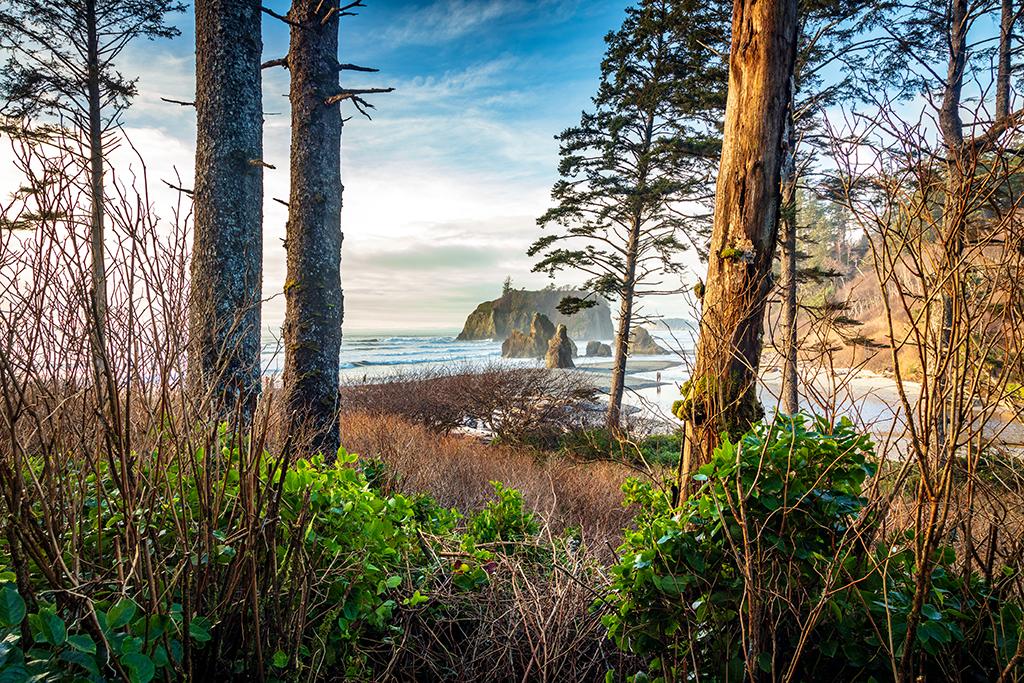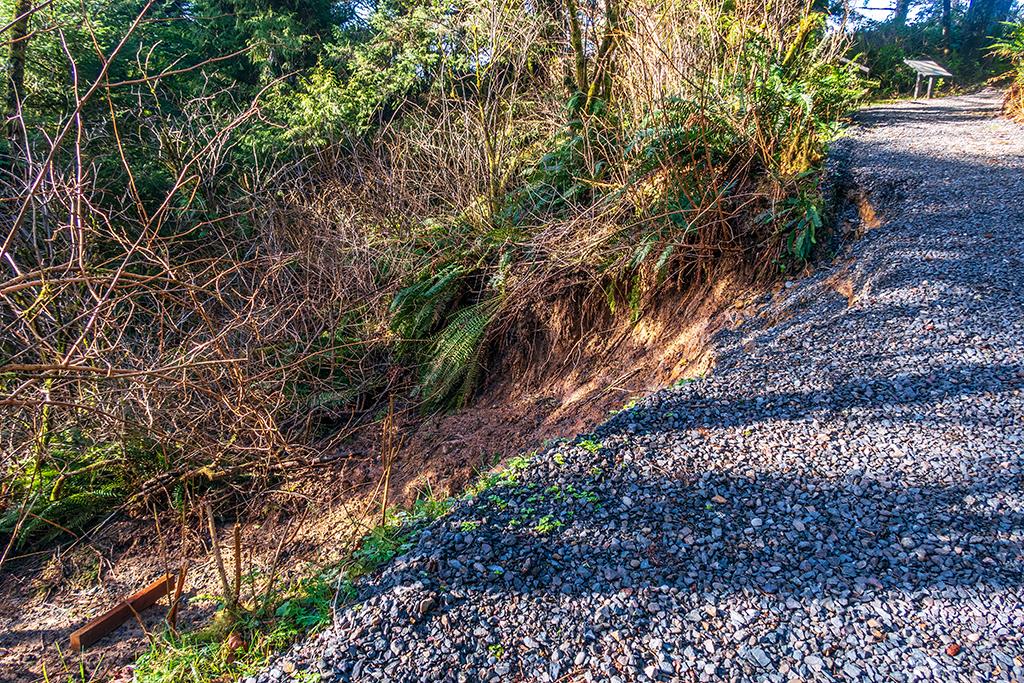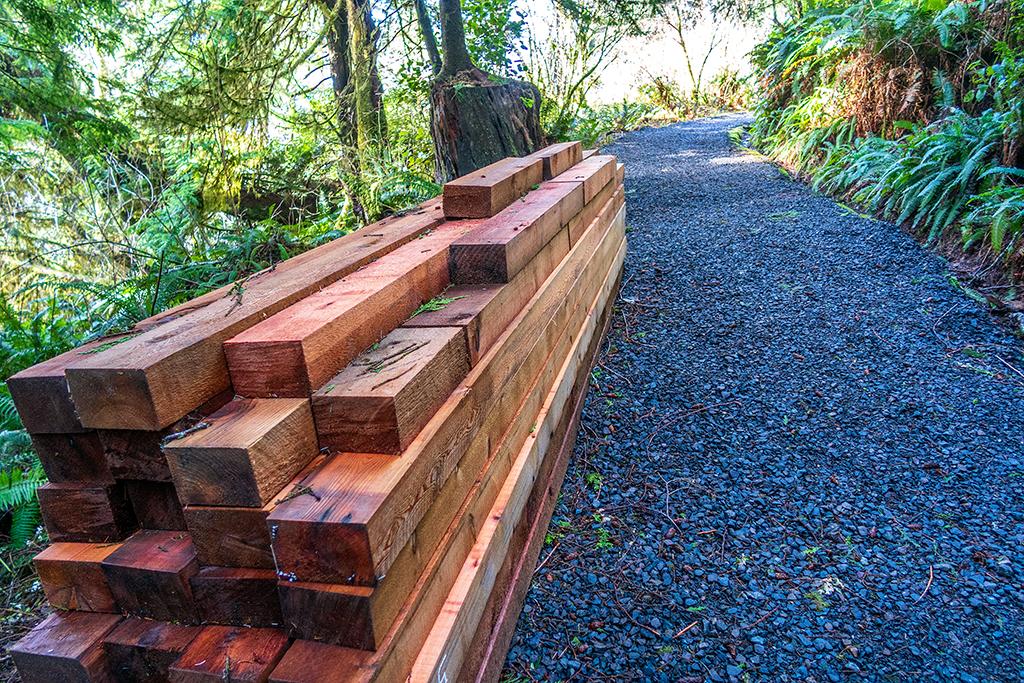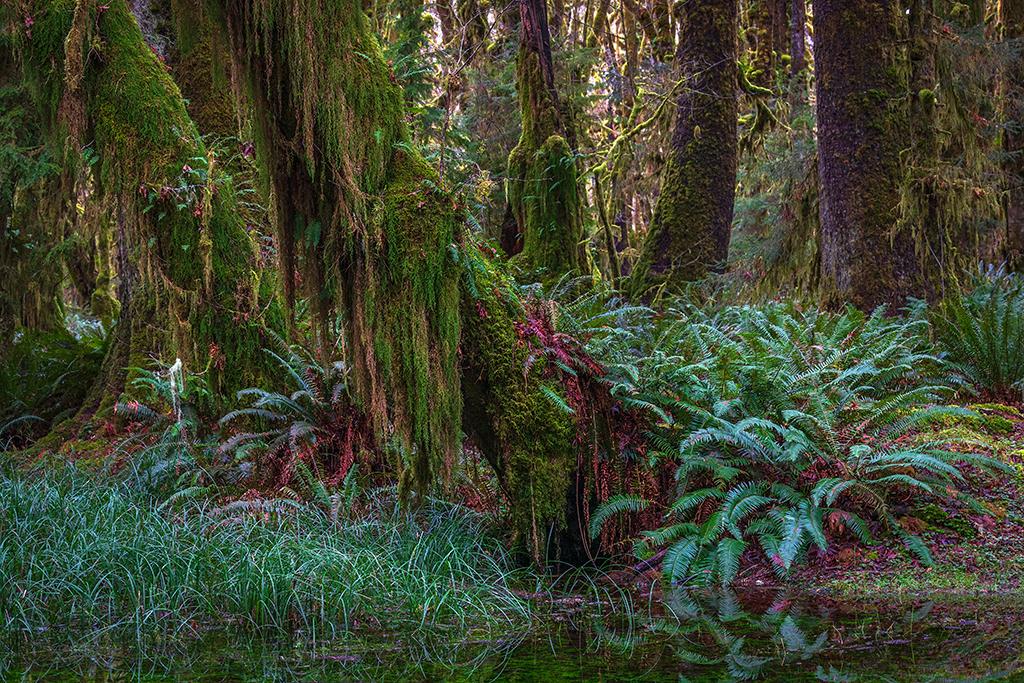
A view of Ruby Beach, Olympic National Park / Rebecca Latson
I recently returned from a photographic trip to Olympic National Park on the Olympic Peninsula of Washington State. I departed January 24th, while the partial government shutdown was still in effect. Even though the Traveler reported things were relatively quiet in most of the national parks, I admit to some trepidation as to what I might find within Olympic National Park after reading stories about Joshua Tree and Death Valley national parks.
In general, winter along the Olympic Peninsula means very few people, more overcast days than sunny days, great clouds, and many shades of greens within the rainforests. At least, that is what I discovered returning there, after a 24-plus-year hiatus since my last visit, back when I did not own a digital camera.
Here is what I saw, in addition to the gorgeous scenery:
- Closed Quinault and Kalaloch ranger stations
- Clean restrooms
- No overflowing trash cans
- Very little litter, except for the odd plastic bottle along the beach (which I packed out, of course)
- Slim-to-no crowds, particularly in the Quinault Rainforest portion of the park
- Closed roads, either due to the season or due to downed trees and storm debris that could not be removed due to the shutdown.
- Washouts or slides along or at the end of trails leading to the beaches. Don’t know if the lack of repair is due to continual wave/storm surge or the shutdown. I did see a pile of lumber next to a slide/washout along the Beach 4 trail and assumed that was for eventual shoring up of the trail.

Trail washout/slide at Beach 4, Olympic National Park / Rebecca Latson

Lumber for repairs at Beach 4, Olympic National Park / Rebecca Latson
The restrooms and trash cleanliness might have been due to either the few winter visitors the park experiences, or the use of park entry fees to maintain those two issues, or people being conscious of keeping the national park in good condition, or perhaps a combination of all three.
The shutdown lifted a couple of days prior to my departure, but not soon enough for Park Service employees to return, assess, and then remove the downed trees and any other damage to the road into the Hoh Rainforest and thus re-open the road at the park boundary before my return home. I did, however, drive along the North Shore Road of the Quinault Rainforest, approximately 27 miles south of Kalaloch Lodge, which was open and cleared of downed trees.
I totally enjoyed my stay in the park, short as it was. I intend to re-visit during the summer months, when (fingers crossed) the roads will all be open and there will be no other shutdown.

So many shades of green along the Maple Glade Rain Forest Trail, Olympic National Park / Rebecca Latson



Comments
Lovely photos and good news about the condition of this park. I suspect there have not been many visitors due to the weather there this time of the year.
Apparently, those visitors to Joshua Tree from the environmental capital of the US (California) are not really very caring about the environment in Joshua Tree, where the weather and location so near high density population centers in southern California is conducive to heavy use of that park.
To be fair, I'm sure there were visitors from other than California, but when I was there last March, it seemed most visitors were California locals or from other nearby states.
I just do not understand how people can visit such places of beauty and trash them; but I have personally seen examples of visitors leaving their trash in our parks. Apparently, we are failing as a nation and world to instill respect for the environment, public property and even private property into our residents and visitors from elsewhere. Just note the trash and grafitti in every large urban area.
Thanks for the post.
The photo of Ruby Beach through the trees was magnificent! It brought back memories of my childhood camping in the park back in the 1960's.